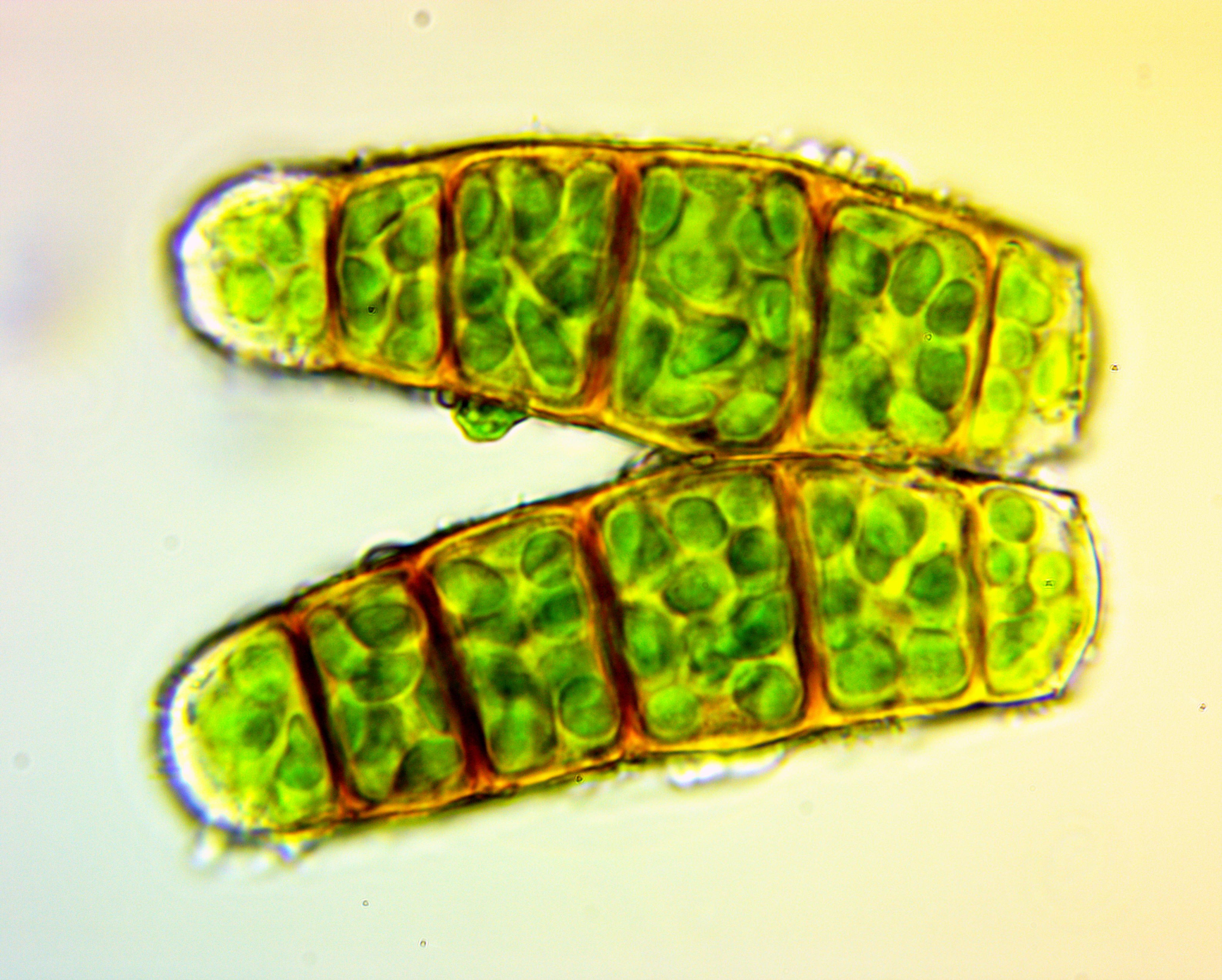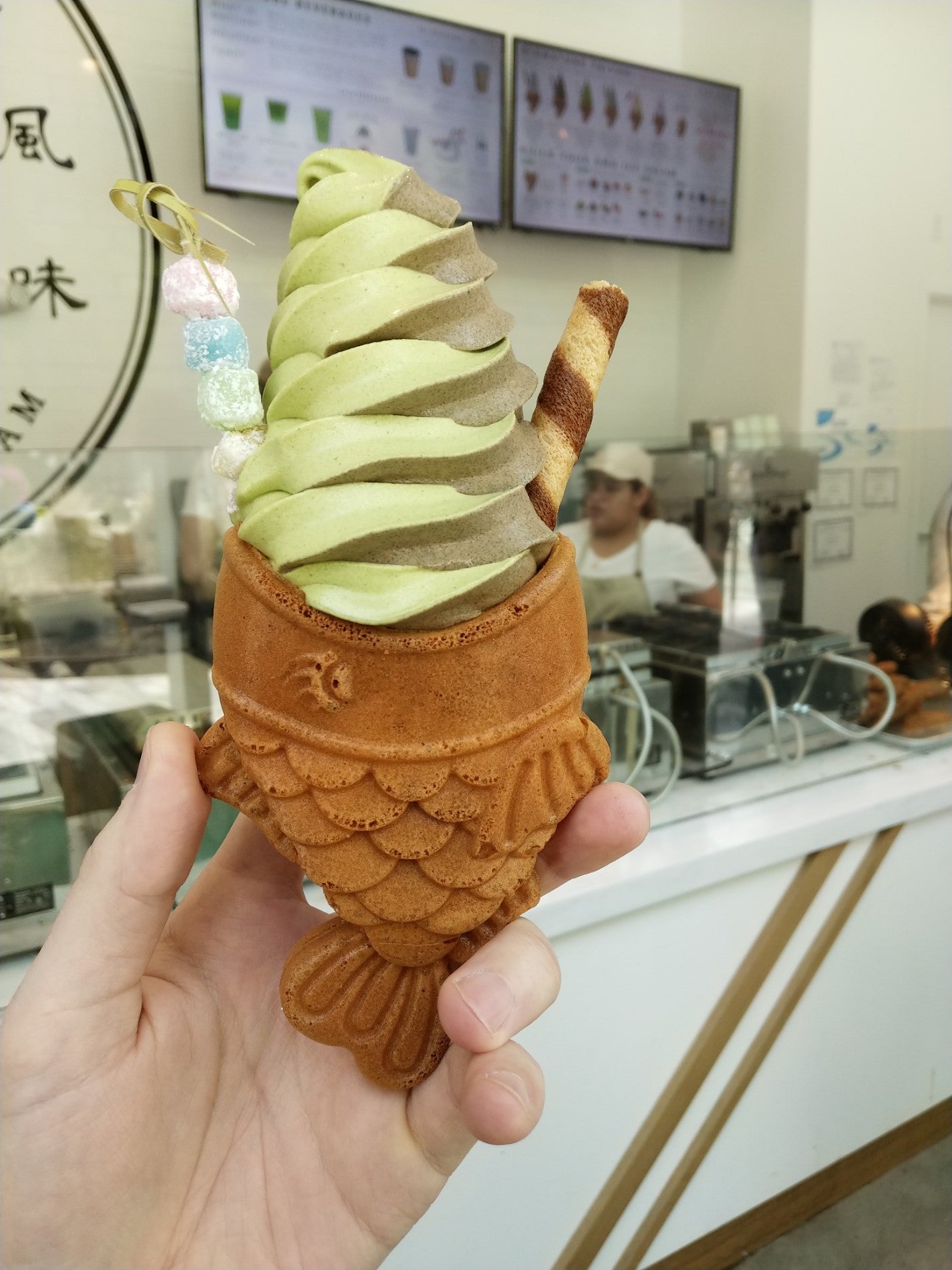First tardigrade sighting!
As explained in the first entry, I bought a microscope mostly so I could look for tardigrades, aka water bears, and hopefully make lovely videos of them. Within hours of getting my scope set up, I managed to find some!
This is part of a series:
I scraped some moss from a tree off Haight Street in San Francisco and put little chunks of it on a small tissue culture dish. Looking through this using the 4X objective initially, I didn’t think I saw anything bear-like. At 10X, however, I happened to find a couple tardigrades fairly quickly. It must have been good luck, because I was not able to repeat this in the following days once I got new objective lenses I wanted to try.
Below are some of the images I took.

Unknown cells found near moss viewed through an OMAX achromatic 40X NA0.65 160/0.17 objective (not totally certain) lit through an OMAX dry brightfield Abbe NA1.25 condenser captured by an OMAX 14.0MP USB3.0 camera with 0.5X adapter
I am not sure, but this might be a tardigrade in cryptobiosis found near moss viewed through an OMAX achromatic 40X NA0.65 160/0.17 objective (I think, now I'm not totally certain.) lit through an OMAX dry brightfield Abbe NA1.25 condenser captured by an OMAX 14.0MP USB3.0 camera with 0.5X adapter.
Here’s a video of me searching for tardigrades. I’m not sure if that is one curled up in a ball in cryptobiosis, or just some other type of organism.
Seeking tardigrades in bits of moss mixed with water
This is the first tardigrade I got a good look at on a slide. My process was basically using a fine pipette to suck up debris around the bottom of the dish, then let it settle toward the tip before releasing about two drops onto a slide, and applying the cover slip. I experimented with looking at that right away under the scope and with applying clear nail polish around the edges first to reduce the evaporation from causing violent shifts under the glass. It may just have been luck, but I didn’t find any lively tardigrades after using nail polish, and I was suspicious the chemicals might have been killing various of the creatures.
First tardigrade sighting on microscope slide: My first attempt at finding tardigrades and putting them on a slide, using an OMAX M837ZL microscope. This is using a 40X objective and a 14MP camera at the smallest video setting, 1024x822, for faster frame rate.
Isolated tardigrade: My first attempt at finding tardigrades and putting them on a slide, using an OMAX M837ZL microscope. This is using a 40X objective and a 14MP camera at the smallest video setting, 1024x822, for faster frame rate.
A few days later when I received new lenses, I tried to find more tardigrades, but I was less successful. The life in the water did apparently multiply, though, for there were tons of little organisms running around.
Tree animals in a water drop, brightfield: Scraping from tree in the Haight, San Francisco, mixed with distilled water and left at room temperature for a few days. Viewing through a Meiji 40x PLAN objective and captured with a Nikon D800. Frame width is approximately 370 micrometers or 0.370 mm.
Here is the same thing using a darkfield condenser. I am not yet skilled at adjusting it, though, so this image quality might not reflect what the equipment is capable of.
Tree animals in a water drop, darkfield: Scraping from tree in the Haight, San Francisco, mixed with distilled water and left at room temperature for a few days. Viewing through a Meiji 10x PLAN objective with a darkfield condenser and captured with a Nikon D800. Frame width is approximately 1.5 mm.






















